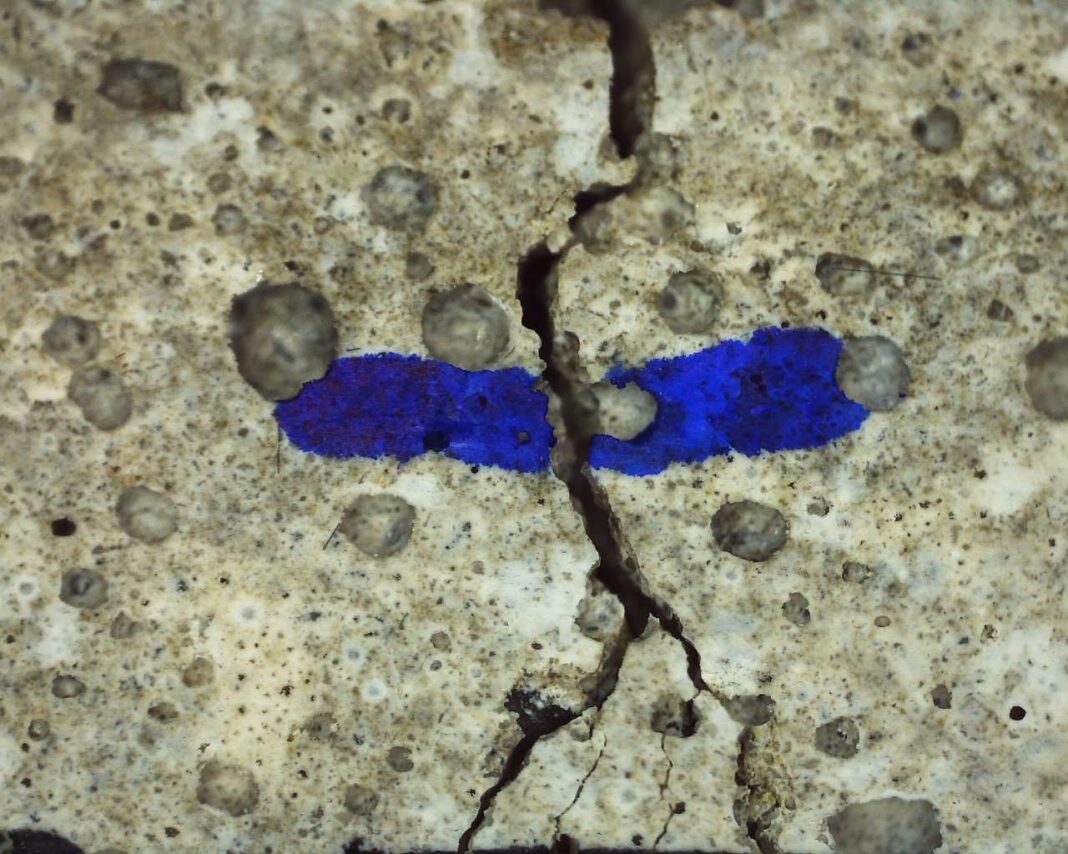
BIOLOGICALLY inspired materials that are able to grow and adapt to their environment could extend the lifespan of infrastructure, according to a new report by the Royal Society.
The Perspective on Animate Materials report identifies human-made materials, which mimic living systems, as a field which could deliver ‘major’ change across a range of sectors, including construction, and sets out a roadmap to make them a reality.
The document suggests three characteristics that future “animate” materials could exhibit; they could be:
- ‘Active’, able to change their properties or perform actions, using energy, material or nutrients from the environment. Recent work includes an active bandage which turns red in the presence of drug-resistant bacteria, helping limit the emergence of antibiotic resistance.
- ‘Adaptive’, by sensing changes in their environment and responding. Road surfaces, or construction materials that do not require maintenance because they are able to self-diagnose continuously and repair potholes, cracks or minor damage is one major research area.
- ‘Autonomous’, meaning they can initiate a response from a range of options, without being controlled, through internal computation, or computation-like process.
Some examples of ‘active’ or ‘adaptive’ materials, such as self-healing paints and concrete have already come to market, but developments of more ‘autonomous’ materials in future could enable even greater flexibility. For example, living walls that capture carbon dioxide and pollutants from the air and use them to repair structural faults, generate energy or clean water.
The Royal Society said that materials with these sorts of properties could be valuable in adapting to the effects of climate change, or inhabiting new environments where replacing or repairing components is more difficult.
Professor Russell Morris FRS, professor of chemistry at the University of St Andrews and one of the report’s co-chairs, commented, “What this report does, for the first time, is stand back and look at the breadth of possibilities animate materials offer us from the built environment to medical applications.
“We are likely to see an increase in the use of these types of materials by 2050, so now is the time to think about good practice and the opportunities and risks that may arise, how business models need to change to prioritise sustainability, and how we involve the public so we can bring them with us on this journey.”








